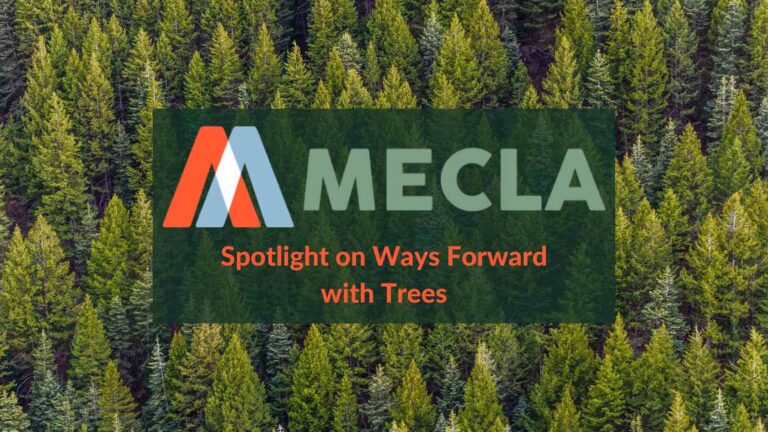
MECLA Spotlight on Ways Forward with Trees
Wood products are widely viewed as one of the key solutions to decarbonising the construction sector. The timber industry is a complex ecosystem spanning forestry through to engineered products manufacturing. As the ways we manufacture, design and work with wood continue to develop in Australia, so too do methods in management of naturally regenerating and purposefully planted forests. And new questions around carbon accounting for the forest industry are being asked.
In MECLA’s Spotlight on Ways Forward with Trees, a collection of experts in native forest science, agroforestry, timber product manufacturing and architecture come together to explore how this ecosystem is evolving, and to discuss some positive directions forward for Australia’s timber industry in the context of a climate and biodiversity emergency.
Speakers:
- Patrick Baker – Professor of Silviculture and Forest Ecology in the School of Ecosystem and Forest Sciences at the University of Melbourne
- Mark Wootton – Owner of Jigsaw Farms
- Daniel Wright – Director and National Business Development Manager at Australian Sustainable Hardwoods
- Darren Minto – Client Relationship Manager at Crafted Hardwoods
- Paul Haar- Architect and Honorary Principal Fellow in the School of Architecture and Building at the University of Melbourne
Key Takeaways:
- Reducing forest density through approaches like ecological thinning can make forests more resilient to climate change, less fire risk, and grow taller and thicker.
- Agroforestry can supply significant feedstock if aggregated across many farmlands, and has multiply benefits for farmers and livestock, waterway health, and carbon capture.
- Different processing techniques in the manufacture of timbers, and different types of wood have very different performance and carbon metrics associated with them.
- Innovative timber processing techniques are now looking to satisfy the growing demand for hardwood, and the challenges in supply – by, for example, taking pulp grade resources and converting them into premium hardwood timbers.
- When considering timber products from a carbon perspective, you also have to account for the lost sequestration potential that results from cutting down the forest in the first place.